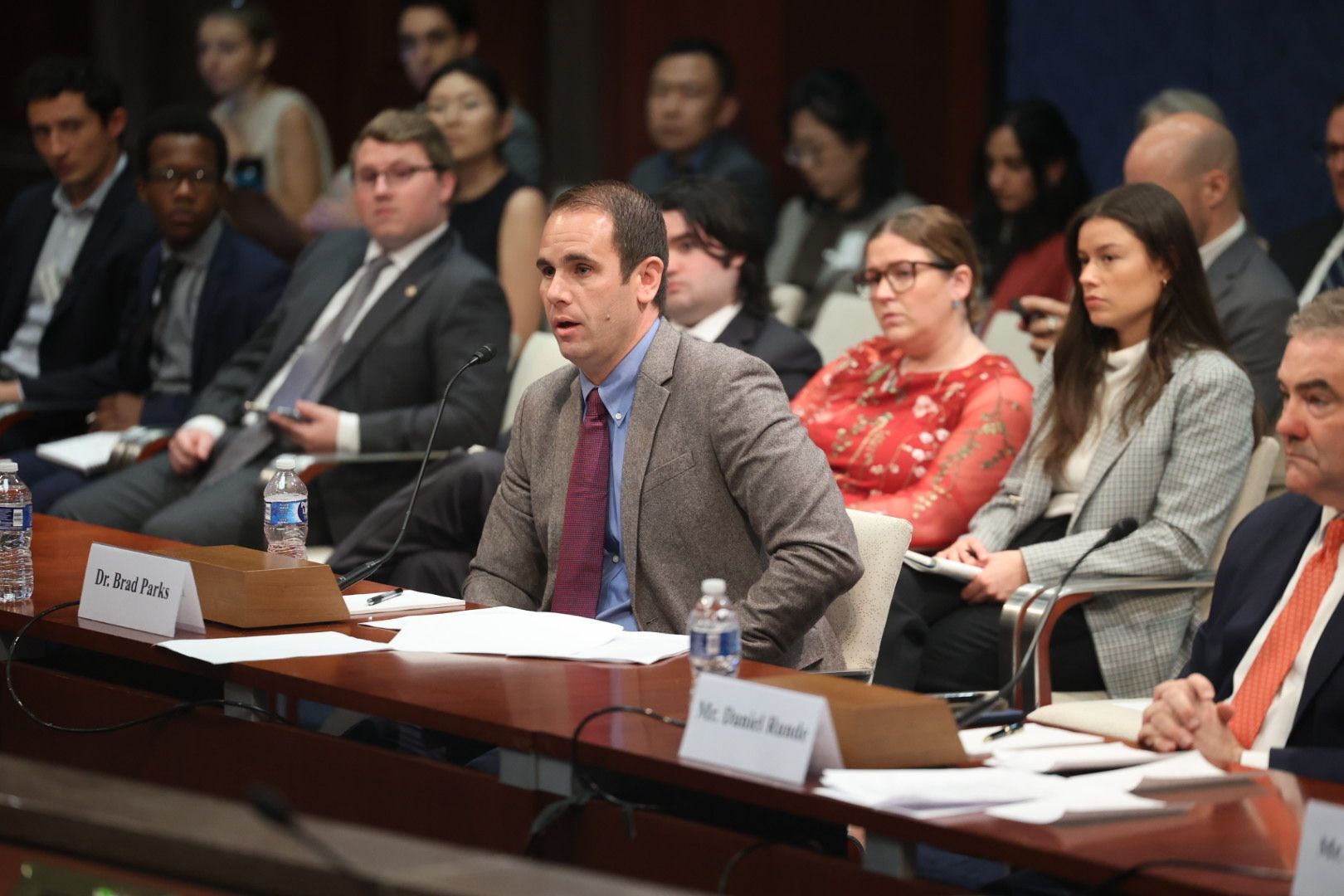This blog originally appeared in ODI’s Development Progress series.
‘Perhaps the most important transformative shift is towards a new spirit of solidarity, cooperation, and mutual accountability that must underpin the post-2015 agenda… It is time for the international community to go beyond an aid agenda and put its own house in order: to implement a swift reduction in corruption, illicit financial flows, money-laundering, tax evasion, and hidden ownership of assets.’
UN High Level Panel on Post-2015, executive summary.
With less than two years to go before the deadline for the achievement of the Millennium Development Goals (MDGs), it is time to take stock of what the goals have achieved and, just as importantly, what the goals have overlooked – including finance.
The debate on what follows the MDGs – the post-2015 framework – is a chance to focus on two major finance themes that are not reflected in the goals themselves. First, that taxation is the central source of development finance; and second, that illicit financial flows undermine effective taxation and require international action. If this chance is not to be wasted, we need a consensus – and soon – on targets in these interlinked areas.
The High Level Panel report on the Post-2015 Development Agenda is an important and early milestone in this debate. As such, it is significant that the report includes not only lengthy discussion of the issues of taxation and illicit flows, but also a proposed target – specifically:
‘12e. Reduce illicit flows and tax evasion and increase stolen-asset recovery by $x’
While welcome, this proposal has a few weaknesses. First, it is not helpful, conceptually, to equate a dollar of illicit flows with a dollar of tax evasion, or a dollar of stolen asset recovery with either. An illicit flow of $100 driven by tax evasion would only imply perhaps $30 of lost tax revenue, so the numbers are not directly comparable; and the development impact per dollar (on, say, governance or public spending) will not be the same either. Similarly, the value of increases in stolen asset recovery goes far beyond the dollars recovered. The real benefit comes through the demonstration and deterrent effect, which will reduce new thefts. As such, it is hard to see any meaningful value of ‘$x’ that would make the proposed target workable.
The HLP proposal also implies that, with further technical work, it will be possible to get broad consensus on the quantitative estimates of each component: illicit flows, tax evasion and stolen asset recovery. This seems only realistic for the latter – and even here, would probably exclude the estimate of the total of stolen assets that is needed to make any dollar recovery numbers meaningful as a proportion of the potential total. If asset theft doubles while recovery increases by 10% in nominal terms, could that be called ‘success’?
The third issue with the HLP proposal is that it excludes the policy measures that are needed for progress, so any hope of accountability for individual actors could be lost too. The important focus of the report on the primary responsibility of developed countries appears to have been lost in translation somewhere between the rhetoric and the target (recognition of tax avoidance is also dropped).
To ensure that the opportunity represented by the HLP proposal is not lost, a broad debate is needed around potential alternatives, as well as some consensus within the intergovernmental discussions.
Without prejudging that key process, it is possible to outline the structure that a target – or rather, set of targets – could take. Above all, two components will be needed.
The first will reflect the quantitative emphasis of the current proposal, with specific suggestions in two areas: first, the actual estimates to be used and, second, the proposed level of reduction in each case. The choice of estimates may be a particularly thorny question. On the one hand there may be no consensus on using those of an individual organisation (e.g. Global Financial Integrity who have led the way in publishing estimates). On the other hand, there is still a lack of expertise in multilateral organisations that could be mandated to perform the role, such as the World Bank.
The second component will reflect the policy responsibility of all countries, but especially high-income countries with major (or disproportionate) roles in international trade and financial flows. This is likely to include measures around the transparency of company ownership and those participating in trust and foundation arrangements; the tax transparency of corporate accounts; and the automatic exchange of tax information with all countries, especially those with lower incomes. There’s more detail on these two components in the ‘Fermanagh Declaration’ (pdf) drafted by Owen Barder and myself as a suggestion for the G-8 summit earlier this year; and the new Open Government Guide, launched at the Open Government Partnership Summit in London earlier this month, includes a chapter on tax and illicit flows with a broader set of illustrative policy commitments.
Disclaimer
CGD blog posts reflect the views of the authors, drawing on prior research and experience in their areas of expertise. CGD is a nonpartisan, independent organization and does not take institutional positions.





